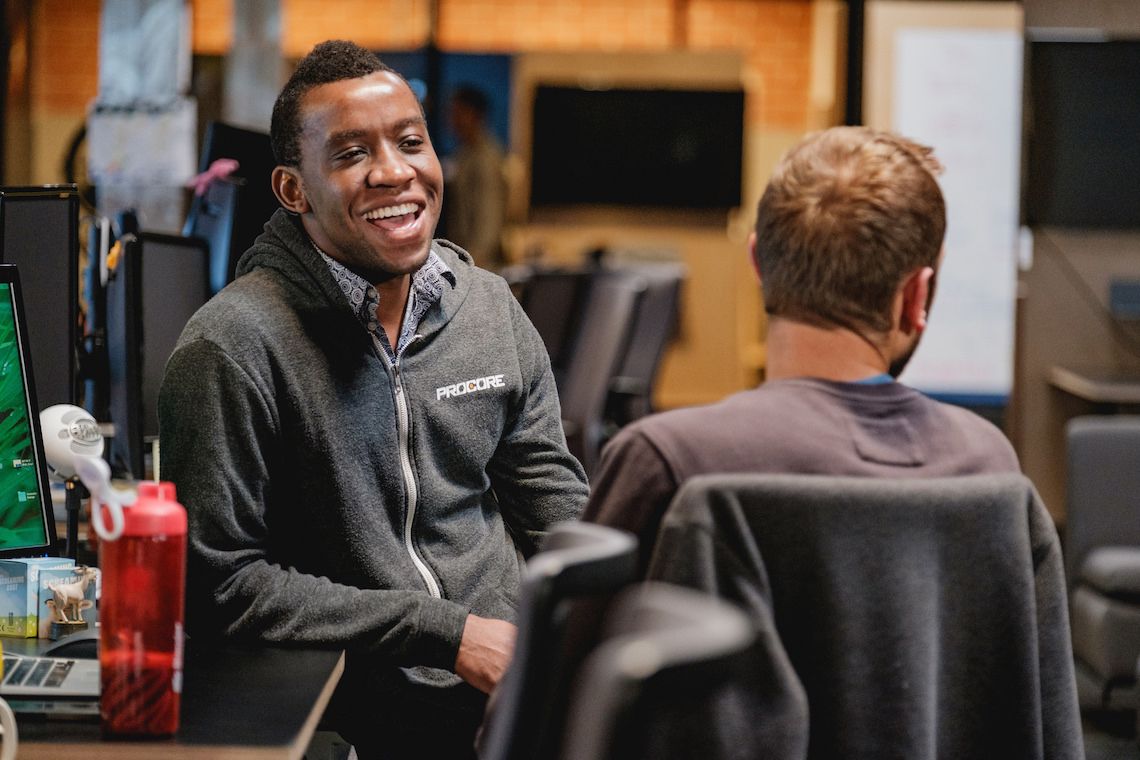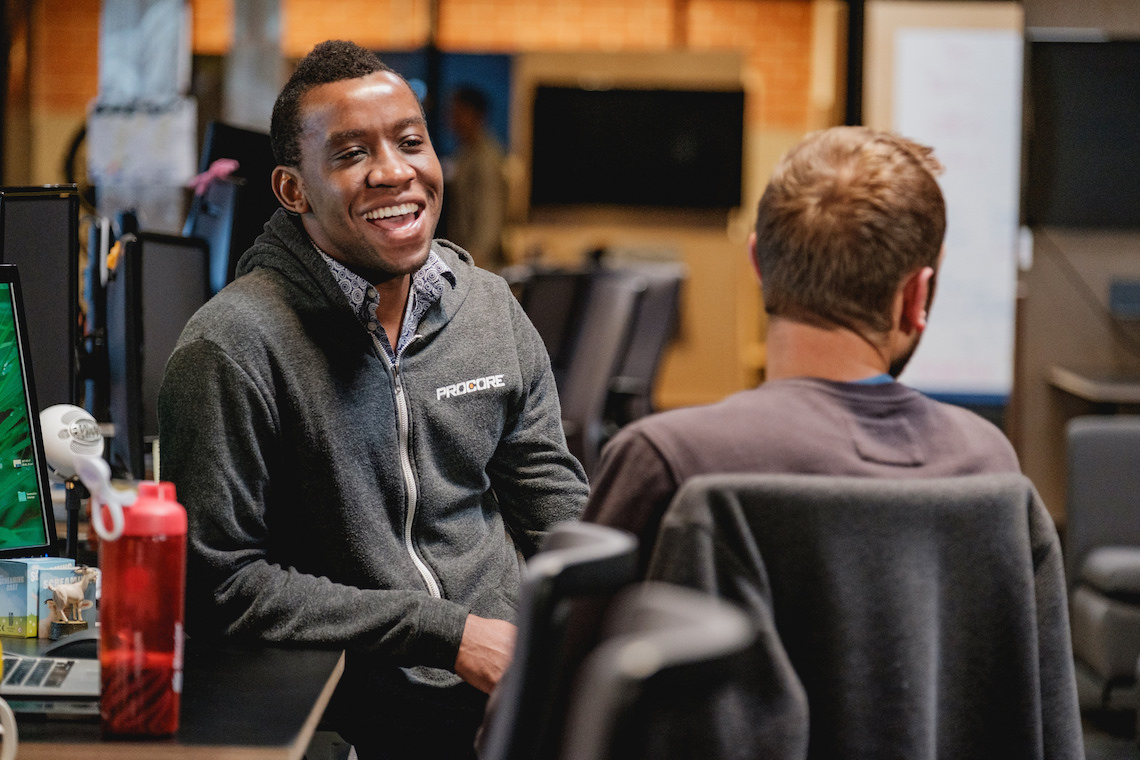How to Handle Growth Through Dynamic Reteaming


Teams are dynamic, especially at fast-growing software companies like Procore. When you hire new people, your teams change. It’s inevitable - so you might as well get good at dynamic reteaming in order to make hiring new employees more seamless.
I work in R&D to help teams get up to speed quickly when they form or help “reset” them when they change or transition. It only takes the addition or loss of one person to have a new team system. Each team system is unique and has a different dynamic, which changes with the addition or loss of team members. I call this Dynamic Reteaming - and I speak about this topic all over the world - in fact, I did a keynote on Dynamic Reteaming May 17th at the Agile & Beyond conference outside of Detroit and am speaking later today at a meet-up in St. Louis.
New team members bring new ideas, differences and wisdom to the teams they join. Maybe the new team member is able to view an existing challenge differently, and therefore help the team tackle it more expediently. Perhaps the new person brings skills and abilities that were not present on the team before. Fast-growing, dynamic companies like Procore, allow for these new perspectives to enter into the culture. These ever-changing teams create ample opportunity for growth and a great environment for employees to expand their careers as they work with a variety of personalities and within differing dynamics.
Coming from a growing environment, I have discovered a few tips and tricks that can make these inevitable transitions easier. When you add a new person to your team, there are deliberate things you can do to help them feel like they belong, and to help existing team members cope with this shift in the dynamic. For example, “Pair” or “Mob Programming”, a working convention where the entire team works together, helps new team members get up to speed on coding conventions, ongoing work, as well as the construction domain they are working in. It’s more interactive and engaging than bringing aboard a new person and leaving them to work alone.
You can design internal programs that encourage friendships and interactions between coworkers. An example of a successful program we’ve implemented is our “Get to Know You” lunch program. Through this program, Procore pays for and supports on-on-one employee lunches to encourage new employee integration. It’s a subtle yet actionable way to communicate that at Procore, we value the relationships we build everyday. If you know and care about the people you work with, everything else seems to go more smoothly.
Beyond onboarding, when teams feel like they want to re-align on goals and the way individuals work together within them, they are encouraged to take my “team reset” workshop. In this workshop we create or revise already made team agreements, build closer relationships by sharing our needs and learning goals, align on how we want to manage our work as a team by visualizing it and reconfirm success criteria for our work in progress.
When you grow quickly, creating structured opportunities for people to connect and find common interests outside just their team and work is imperative. However, we’re all busy in our day-to-day work so how can you make this happen? An example of one way we’ve done it can be seen by our recent R&D offsite, which included an open space unconference. At this offsite, all of our R&D department generated ideas for how we can collaborate better across all of our tribes and squads. We held over 80 sessions to generate ideas to tackle this challenge followed by a day of action sessions to move these ideas forward with real results. Now, just a few weeks after this event, we have new guilds that have emerged as a result of this endeavor. Guilds are cross-tribe, cross-team communities that exist to tackle key challenges and continuously improve how we work. People self-select into these guilds and run with their passions. When our new guilds emerged recently, many of our employees were highly motivated to join them and pursue their passions. The entire production was an embodiment of autonomy, mastery and purpose - which are our Procore Promises.
I am so proud to work with all of the incredibly passionate people here at Procore. It’s my mission to help everyone in R&D get access to the opportunities necessary to not only build the software that builds the world, but to also build themselves, their teams and our R&D organization to be the best they can be.
Want to find your dream job? Check out our Engineering website here.
